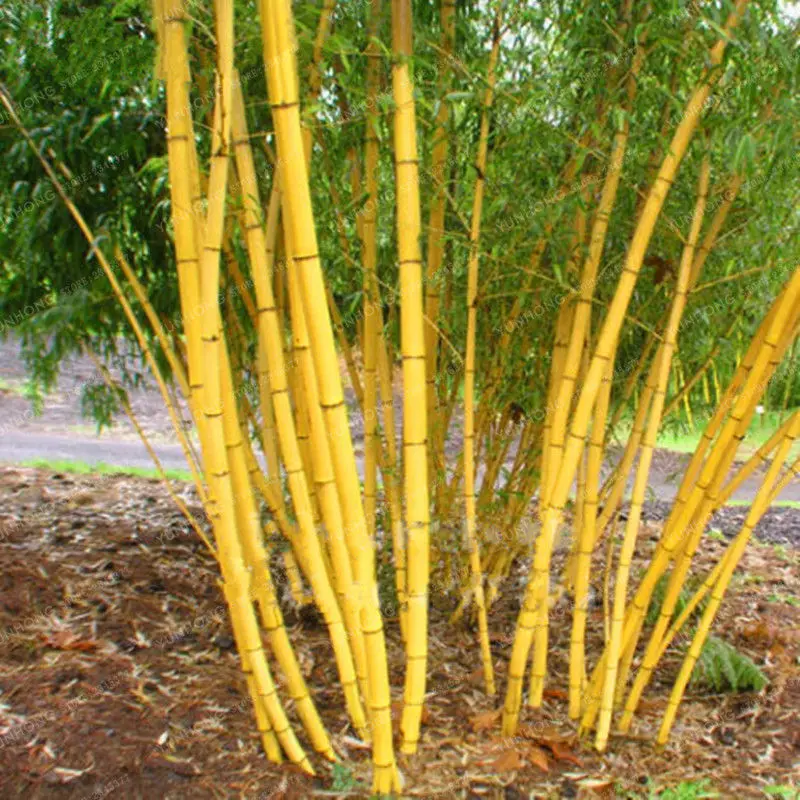

She is also Principal Coordinator and chief scientist of the National Key R&D program of China. Recently, she has been awarded with the Women's model by the State Forestry Administration of China. She has served at prestigious positions in academia including as Dean of Forestry department in Anhui Agricultural University, Vice Director of Taiping experimental station, and Principal Scientist of ICBR. WONG, and won several awards by China Forestry Society, and national awards including the Ten million talents project of State Forestry Administration. MOSO ® Bambus Konstruktionsbalken, Platten & Furniere. She has been honored with special allowance recipients of Anhui Provincial Government, Fellowship from DAAD-K. Her current area of research includes genome and transcriptome analyses in bamboo, mainly toward deciphering molecular mechanism of bamboo flowering and bamboo shoot fast growth.

#BAMBOO MOSO PROFESSIONAL#
Jian Gao is an internationally reputed scientist with an illustrious professional career of spanning over thirty-four years and original contributions in the fields of plant genomics, molecular ecological physiology, and molecular breeding leading to the publication of more than 150 quality research articles and reviews, more than 10 chapters have been written for several books, including those published by FAO and edited five books.

This book appeals to graduate students, post-graduate students, research scholars, researchers, and industry players in the field of plantation bamboo in general, bamboo processing and bamboo garden owner and fans of bamboo culture in particular. Altogether, the book comprises eleven chapters covered over 200 pages authored by the researchers involved in genomic science, molecular biology, and breeding. Although mature specimens look like trees, moso bamboo is not a tree. 94: 48-52.This book is the first comprehensive compilation describing the botanical traits, genetic resources, whole genome sequencing, Mitochondrial genome, transcriptomes of different organs with developmental stages, transcription factors, delineating gene evolution of gene family in Bambusoideae, alternative splicing (AS) and polyadenylation, case studies for economically important traits such as internode length, shoot fast growing, flowering, ageing and stress-resistant genes and small RNAs-mediated gene regulation of moso bamboo flowering and other developmental stages.Īpplications of transcriptome and genome approaches in moso bamboo in general and the prospects of transgenic breeding and genome editing technologies in bamboo are also discussed. It is the largest and perhaps the most ornamentally attractive of the temperate bamboos. These cookies are used to collect information about how you interact with our website and allow us to remember you. Journal of Analytical and Applied Pyrolysis. Bamboo Discover everything about MOSO Bamboo Products and why bamboo is the building material of the future in our extensive bamboo blogs This website stores cookies on your computer. The pyrolysis characteristics of moso bamboo. Jiang, Zehui Liu, Zhijia Fei, Benhua Cai, Zhiyong Yu, Yan Liu, Xing e. This specie is the major source of edible bamboo shoots. Native to China and Japan, the stems have many uses. The information was very helpful and significant to design manufacturing process of bio-energy, made from moso bamboo, using gasification or pyrolysis methods. Moso bamboo pole stalks are considered among the biggest and most beautiful, growing to a diameter from 3 to 7 inches and towering to 80 feet with clusters of relatively small green leaves. Moso bamboo (Phyllostachys pubescens) is a native species to China and is one of the fastest growing woody plants in the World reaching over 90 feet (30. The E a values were, respectively 153.37–198.55 kJ/mol and 152.14–197.87 kJ/mol based on Flynn–Wall–Ozawa and Coats–Redfern (modified) methods. The E a values of moso bamboo increased with conversion rate increase from 10 to 70. XRD analysis expressed that the index and width crystallinity of moso bamboo gradually increased from 273 K to 538 K and cellulose gradually degraded from amorphous region to crystalline region. TG–FTIR analysis showed that the main pyrolysis products included absorbed water (H 2O), methane gas (CH 4), carbon dioxide (CO 2), acids and aldehydes, ammonia gas (NH 3), etc. The TG curve indicated that the pyrolysis process of moso bamboo included three steps and the main pyrolysis occurred in the second steps with temperature range from 450 K to 650 K and over 68.69% mass was degraded. The Flynn–Wall–Ozawa and Coats–Redfern (modified) methods were used to determine the apparent activation energy ( E a). In the research, thermogravimetry (TG), a combination of thermogravimetry and Fourier transform infrared spectrometer (TG–FTIR) and X-ray diffraction (XRD) were used to investigate pyrolysis characteristics of moso bamboo (Phyllostachys pubescens).


 0 kommentar(er)
0 kommentar(er)
